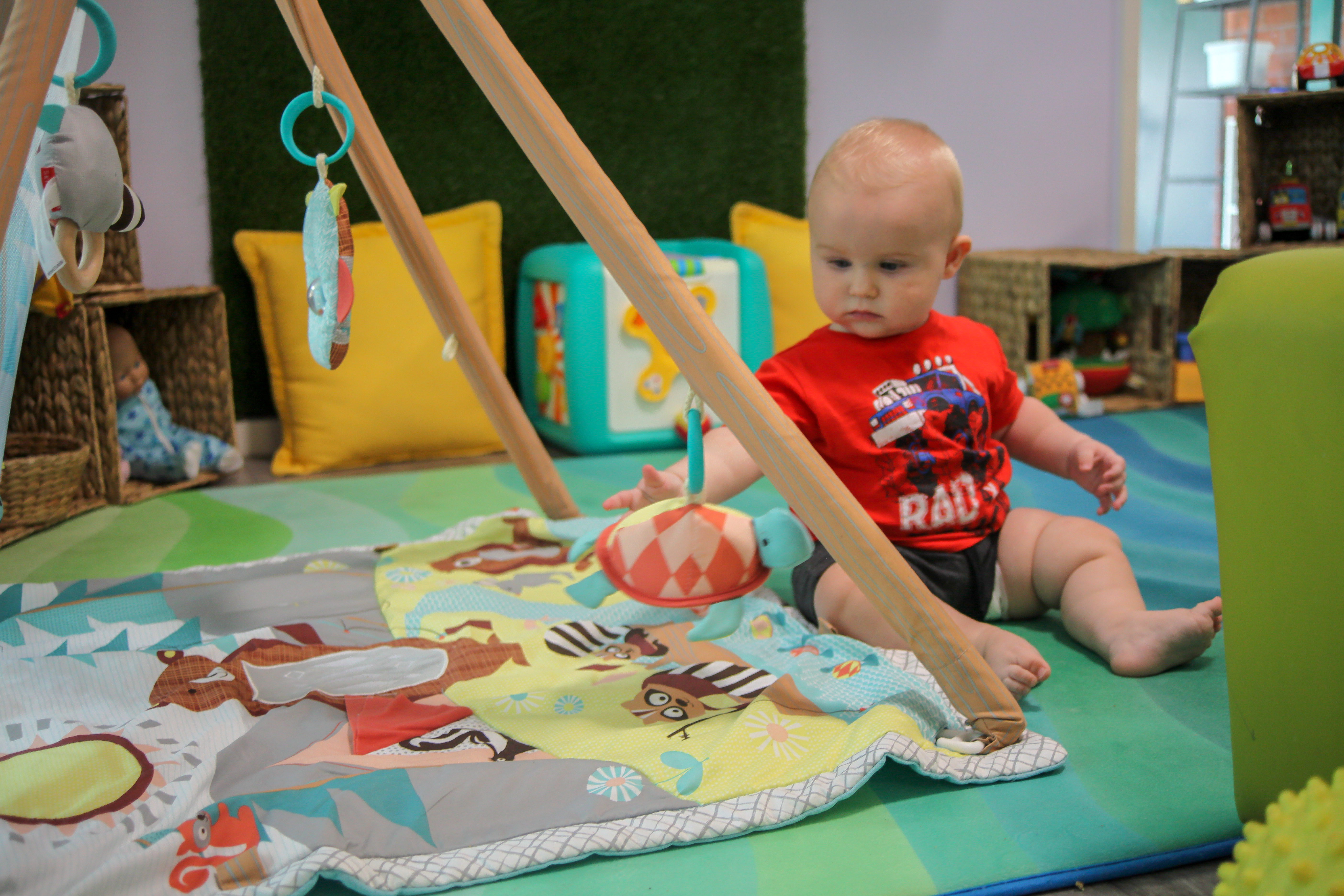Abecedarian at Home
28 Feb 2019 5:53 PMLicensee Person
At The Strawberry Bush Early Learning Academy, we believe in the Abecedarian Approach as the ideal method of approaching child development.
The Abecedarian Approach is a proven program that encourages frequent, individual and intentional interactions with children with a focus on language and extended conversations. Children who go through the Abecedarian Approach do better when they reach school and are better equipped to explore the world.
As a parent, there are easy ways for you to help your child grow using this method — including many things you may already be doing without realising!
Language Priority
Language Priority is all about turning everyday situations into opportunities to expand your child’s vocabulary and communication skills. Having the right words to communicate their feelings and describe their emotions makes children feel safer and more confident.
Some strategies you can employ at home:
- Talk to your children face-to-face. Make sure you avoid baby-talk, and feel free to use more complicated words with several syllables. Even if the child can’t pronounce it yet, they can pick up the meaning.
- Narrate your emotions and help them to label their own.
- Eg, “You’re excited to go to the park,” or, “I’m sad that I lost my keys.”
- Describe what they do. This can help them connect words with activities, and they’ll learn how to talk about it.
- “You’re going down the slide.”
- Ask them questions. They might not necessarily be able to answer in words yet, but young children are able to respond by pointing or gesturing.
Learning Games
Learning Games are more than just educational. They provide an opportunity for you to bond with your child over a fun activity that you both enjoy. Each game helps to develop different skills, but all are used to help explain basic rules of how the world works.
Some strategies you can employ at home:
- For young children, try making noises from places they can’t see. Then step back into their view and out again, introducing the idea that things continue to exist even when they are no longer visible.
- Help them learn to match colours and shapes by having them recognise things that are the same and different.
- An example might be to lay out three socks and have your child pick which two are the same colour. As they get older, you can add more to choose from.
- Give them toys or objects that can be arranged in patterns.
Enriched Caregiving
Enriched Caregiving is all about adding educational value to your everyday routines. Not only does this make your day more enjoyable, but it can also help make every day activities easier to accomplish.
Some strategies you can employ at home:
- Explain to your child what is going to happen, naming each event in order.
- “First, we’re going to get up. Then we’re going to get dressed, and then we’ll have breakfast. Then we’ll go to go the playground. Then we’re going to the store. Then we’ll come home.”
- Introduce songs to make events seem more interesting.
- Creating a simple little song, such as repeating ‘We’re going to have a bath!’ can add a level of excitement for your child.
- Allow your child to make their own choices when appropriate.
- Asking if they would rather have broccoli or carrots with their dinner can help your child to feel more listened to, as well as allowing mealtimes to pass with less fuss.
- Count various things as they become relevant.
- This could range from how many plates are on the table, or how many arms are left to put into the shirt.
Conversational Reading
Conversational Reading is a way of making books more interactive to children that are still learning to read. As the name suggests, it involves talking with your child as you read, pausing and taking turns to interact.
Some strategies you can employ at home:
- Let the child choose which book to read together.
- Point at different parts of the book and label them aloud. This includes where the text starts, to teach that letters can mean words, and also name parts of the pictures.
- For slightly older children, you could make deliberate ‘mistakes’ about the pictures, for example describing a tree as a flower. This will allow them to correct you and pay more attention to the reading.
- Ask your child to point out different parts of the pictures.
- Try to do so in more interesting ways, such as “Can you pet the cat’s head?”
- Try leaving words out of repetitive or simple sentences that your child can fill in for themselves.
- Attempt to use ‘joint attention’, by having both of you focus on the same thing.
- Begin my matching your attention to theirs and following where on the page they are looking.
- As the process continues, direct them to follow your gaze, using your hands to emphasise your eyeline.
Other ways of trying Conversational Reading can also be found here.
The Strawberry Bush Early Learning Academy believes in helping your children reach their protentional, and so pays close attention to the latest development techniques. Through regular and personal lessons between educators and children, we can improve our student’s confidence and help them prepare for the next level. If you have any questions about the Abecedarian Approach, or on another topic we might be able to help you with, please feel free to contact us.
